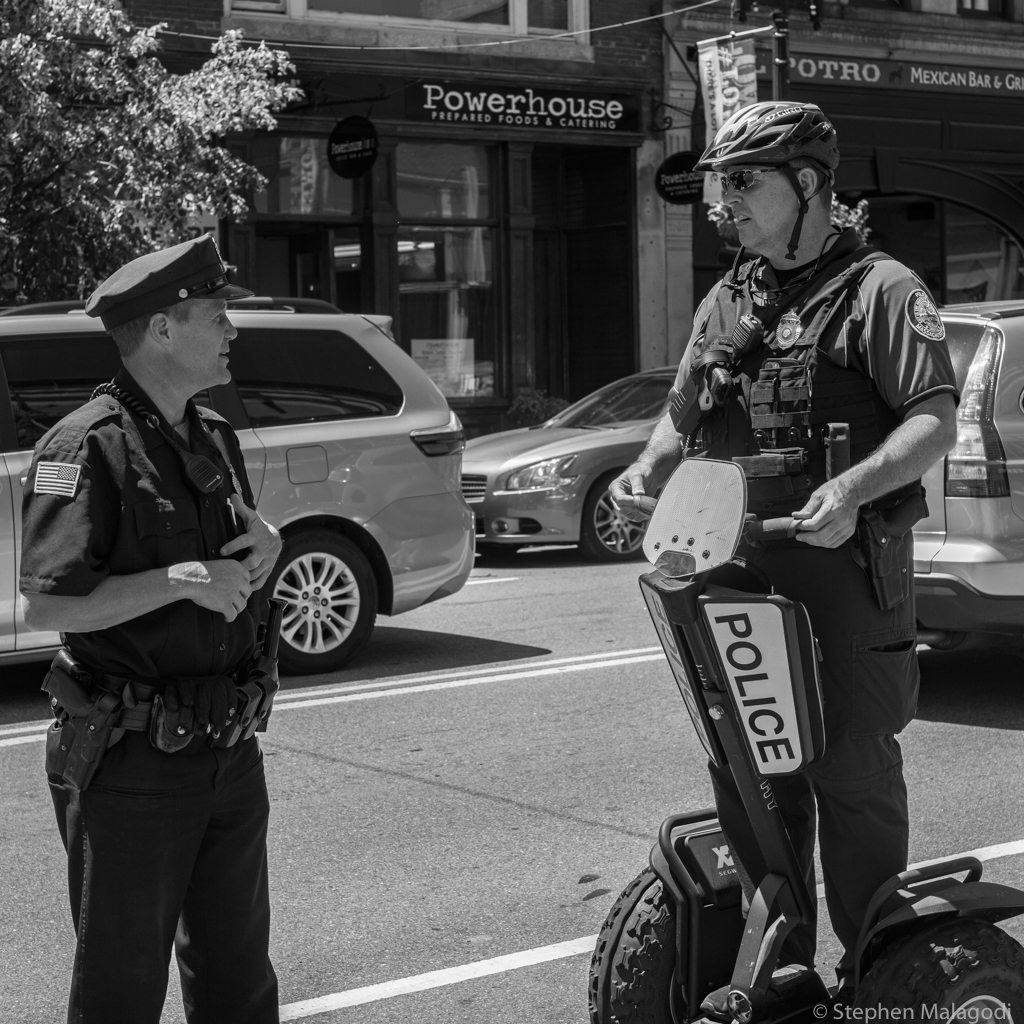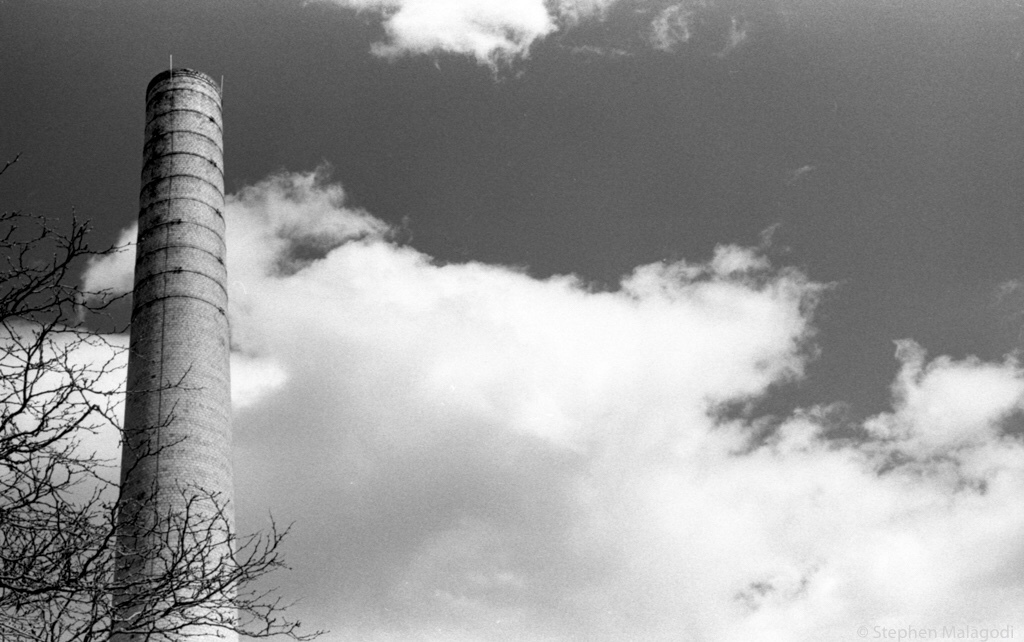Śūnyatā
2500 years ago the Buddha could have the insight of Śūnyatā, the emptiness of everything.
Everything is on television.
There is nothing on the television.
Everything is on the internet.
There is nothing on the internet.
Everything is outside
Emptiness refusing enclosure.
My photos are on Smugmug and Flickr
Follow me on Instagram @smalagodi
Sharks

Sharks have been sharks for millions of years.
So too, you know the expression,
If it quacks like a duck
It’s a duck,
Because considerable time has made it
Unmistakably duck.
200,000 years ago,
Like it was yesterday,
The homo sapien species emerged
From a single woman
In South East Africa.
60,000 years ago those homo sapiens
Learned to speak.
350 years ago those homo sapiens
Began to call themselves homo sapiens.
50 years ago
The first Arpanet message was sent,
Machine to machine.
No middleman.
It was around that time
That Dick Cavette observed
“Death is nature’s way
Of telling you to slow down.”
My photos are on Smugmug and Flickr
Follow me on Instagram @smalagodi
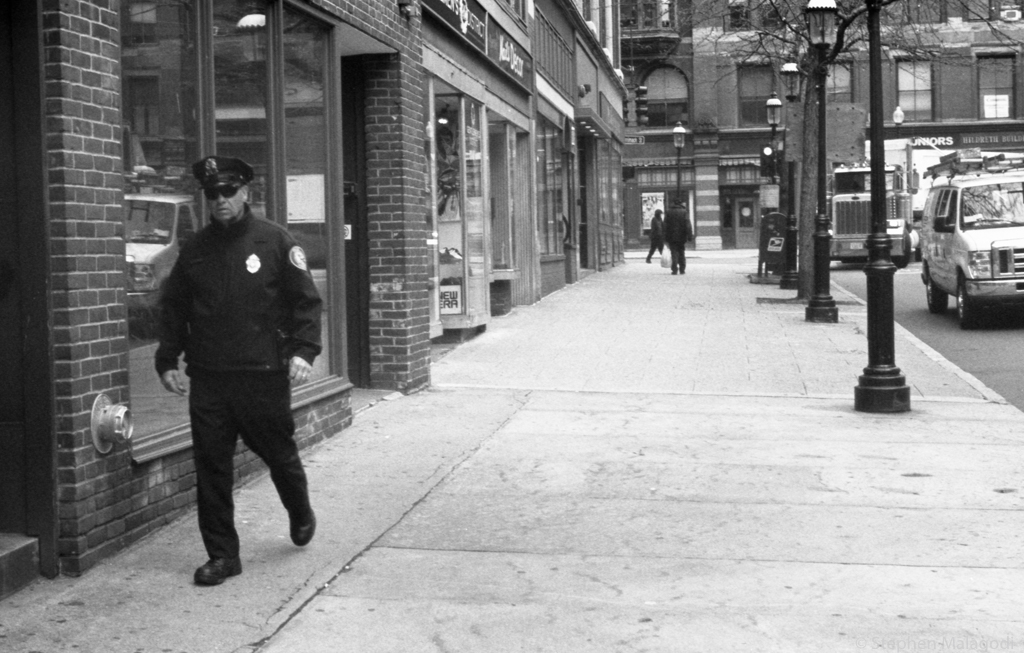
A place where the study of sound (or music) and photography intersect is in the issue of motion: music is always in motion; photography is never in motion (making it the most unnatural of illusions).
In the mid 1800s, when the sequential photography of Muybridge began to be incorporated by Degas, and simultaneously technicians began devising machines to rapidly display such images, both painters and technicians realized that the effect of image retention allowed for the visual illusion of motion via the still photograph. (This attempt to animate the inanimate has a long history in art, myth and religion.) The solution was sequencing.
Fast forward to the 21st century and after 150+ years of constant industrial bombardment, musician/composer George Lewis can rightly note that:
“It seems that one of the hardest things is to teach people how to listen to things, how to hear things in a different way. One of the things I’ve noticed in teaching classes is that when I ask people to describe new and unfamiliar music, they can’t. They don’t have the vocabulary for it. What they can do is make up an impromptu movie scenario instead, a music-video scene. It’s not like synesthesia, seeing sounds or hearing colors; it’s more like they hear a sound track and they create the movie. More and more, in this culture, sound’s major purpose is to serve as accompaniment for moving pictures.”
Bomb Magazine, October 1, 2006
The difficulty stems from the inability of audiences to hear sound moving in a non-sequential way. “All music begins and ends with silence” Pauline Oliveros once told a group of 8-year-olds. The silence at each end creates a frame (a framework, a boundary) within which music moves freely. For the modern audience, generally speaking, without the division of sound by the use of regular beats, rhythm, or other blatantly dramatic devices, music is incomprehensible. Because you cannot comprehend stillness, you cannot comprehend sound without measure (pun intended).
“No one tries to photograph silence anymore.” ~ Cartier-Bresson, photographer
“A photograph can create silence. Can words do that?” ~ Patrick Modriano, novelist
My photos are on Smugmug and Flickr
Follow me on Instagram @smalagodi
No One Makes History
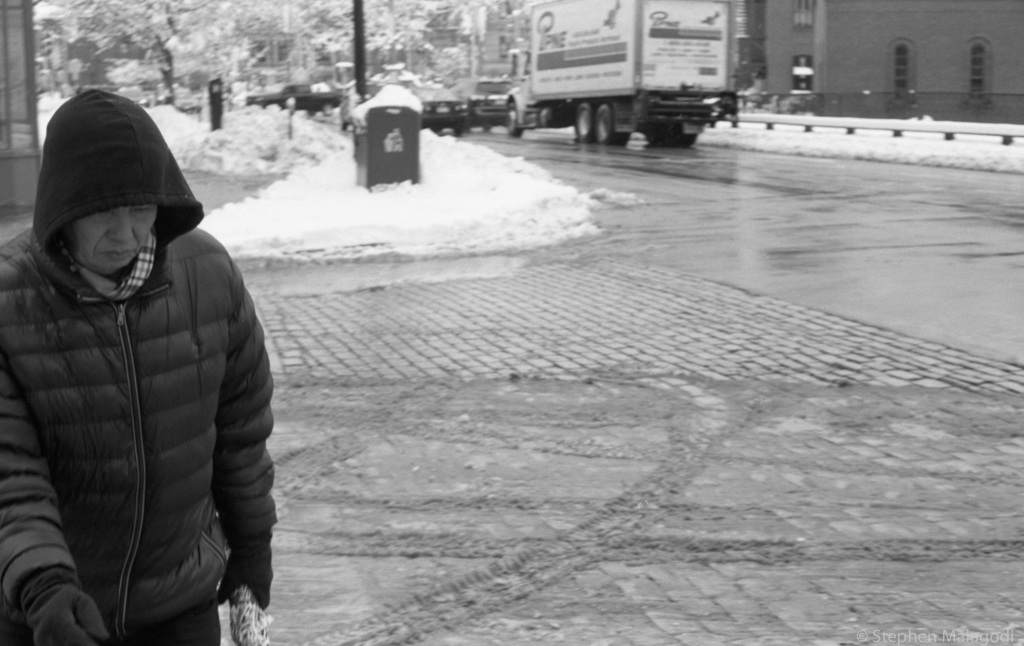
No one makes history.
It’s made of things past
With weight like a planet
Momentum moves it along
Producing consequences
Squeezed out of energy.
The Fifth Symphony
Is just the notation
Of something we think we heard
In the process.
My photos are on Smugmug and Flickr
Follow me on Instagram @smalagodi
Neither Cop Nor Criminal

Any image created from the spontaneous interaction of light upon a surface and retained in some form – either as physical residue on glass or film, etc., or as a digital data set on a chip – can be said to be a photograph; a graph of photons.
Wim Wenders acknowledges this with his typically misunderstood little video for the BBC in which he says that “everybody’s a photographer” and that “photography is more alive than ever, and more dead than ever.”
https://petapixel.com/2018/08/01/wim-wenders-phones-have-made-photography-more-dead-than-ever/
His complaint is not that cell phone photography is not photography, but rather that the cell phone camera technology has changed what we do with most of those photographs. He is correct that we hardly, if ever, look at them again and that they are rarely printed. He’s looking for a new word for this activity, because he feels that it is dramatically different than the historic act of photography.
I think he’s right. Whereas historically a photograph was meant to be considered and lingered on by its viewer, the cell phone photograph is meant to be gone in a near instant. It is more like television than photography.
In the field of music, we have the word “jingle” to differentiate an advertisement from what is otherwise called “music.” I think he’s looking for some similar distinction.
Do we need such a distinction? Yes. The difference between the jingle and any piece of music is that music, no matter how frivolous, wants to be considered. A jingle is just meant to catch your ear and be done. There is no there there. Similarly, the vast majority of cell phone pics are just meant to be snapped. Taken and done. It’s a quickie: a quickie pic.
But in the modern surveillance state, cameras, and especially a ‘serious’ camera along with the photographer behind it are seen as instruments of surveillance. Real photography becomes surveillance because the image is meant to be studied. This is the experience of every street photographer who must answer the question “did you just take my picture?” Whereas Sontag would describe the photographer of old as a voyeur, today the photographer is seen as either a cop or a criminal pervert. That one might be an artist with a camera is a difficult conception. That one might take a photograph for its own consideration as such is even more difficult.
So maybe a new word for internet photography would be helpful.
Music, like photography, has many different functions. The great composer John Cage tried to revive an old idea about one such function of music: “to still and quiet the mind in order to make it susceptible to divine influences.” We can say exactly the same thing about photography; that one of its functions can be to still and quiet the mind. We need a word for that which makes you neither cop nor criminal.
My photos are on Smugmug and Flickr
Follow me on Instagram @smalagodi
It Just Looks Like One.

I have a little box, and inside that box is something like cellophane and powdered metal.
When I’m walking around and I tell that machine to blink, it blinks.
And in that blinking moment a small amount of the light that surrounds me, that confounds me, that astounds me, that assaults me gets into that box and makes a painful splash on the cellophane, one that will later look vaguely familiar, with shapes and forms that I believe have some importance. Triangles and squares, some arcs and the shape of mama, or a dog or a tree, a roof over my head. Shapes with millions of years of history stamped onto molecules like music on vinyl. Don’t call it a memory, it just looks like one.
Now, you can get a computer to generate those shapes if you want to. Just ask your phone to do it; it knows where you’ve been. Like the Google AI systems that generate fake celebrity photos. All the glamour, none of the soul. That’s because a computer doesn’t have time for pain the way a box with cellophane does, or we do.
My photos are on Smugmug and Flickr
Follow me on Instagram @smalagodi
It’s Not Enough
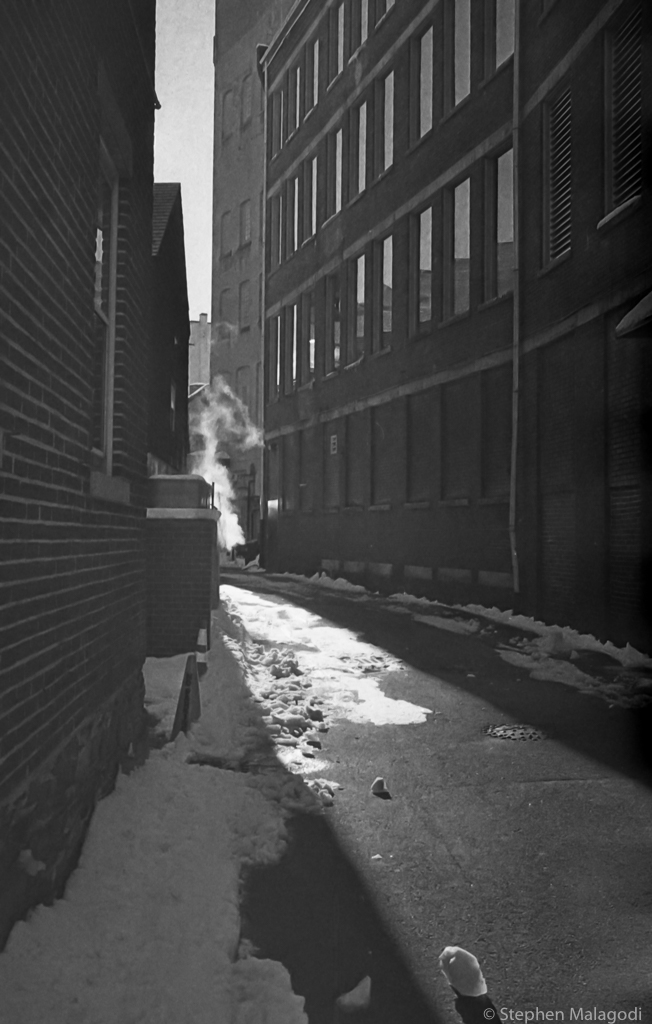
You with your advanced music
Me with my vintage camera
Predating even Alphaville
It’s how we have
As Giorno said
Resigned ourselves to being here.
Drinking poison
In this prison
In this place of full control
We imagine a sound
The smash
The crash
The destruction crew’s
Wrecking ball.
Fellini’s orchestra rehearses
The scores they already know
Because that’s what they know.
They did it yesterday
And the day before.
And the day before that.
We now know everything
And it’s not enough.
My photos are on Smugmug and Flickr
Follow me on Instagram @smalagodi
Out of control.
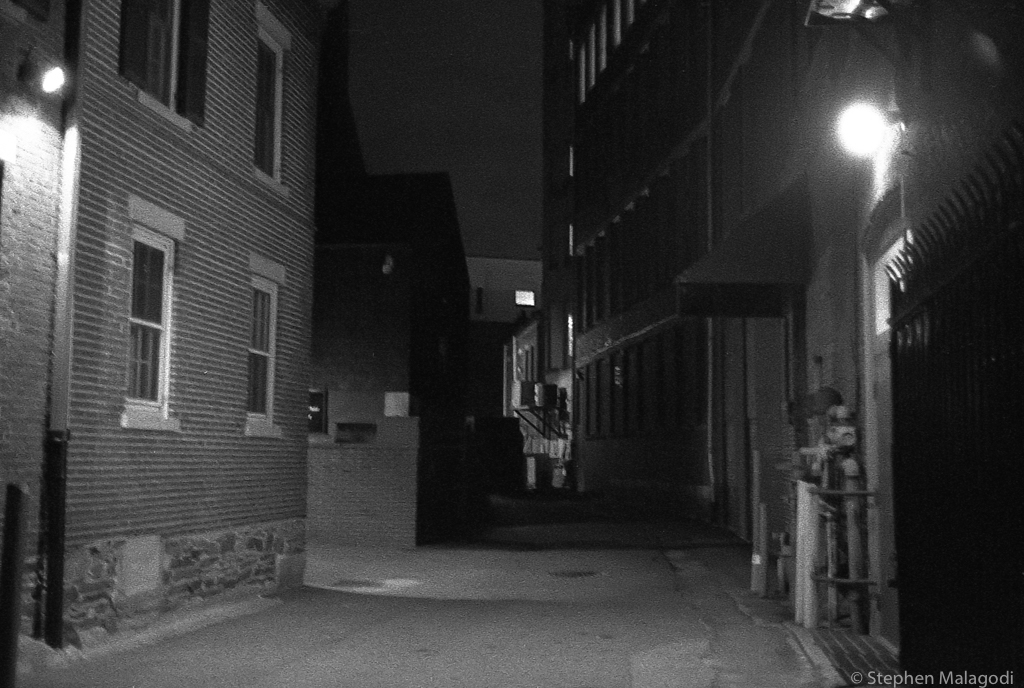

Out of control.
“Nothing is so insufferable to man as to be completely at rest, without passions, without business, without diversion, without study. He then feels his nothingness, his forlornness, his insufficiency, his dependence, his weakness, his emptiness. There will immediately rise from the depth of his heart weariness, gloom, sadness, fretfulness, vexation, despair.” ~ Blaise Pascal, 1650
Through engagement with mundane affairs the self’s delusion of control is maintained as a method of self assertion during a lifetime of endless distraction. In Pascal’s time, this busy-ness was necessitated by the rise of science and the growing inability of European mankind to ‘rest’ in the faith of an omnipresent God. But in the modern era, when business, play and passions are all provided and managed by unknowable global corporations, broadcast media and internet providers, this delusion of personal control can not be maintained. Needless to say, for industrialized humanity there is no God in sight. Outside and above the global economy there is … Zero.
So we see the widespread feelings of nothingness, forlornness, insufficiency, weakness, and emptiness rising from heart of society as weariness, gloom, sadness, fretfulness, vexation and especially despair. And we also see the perfectly natural response in the rise of Trump and authoritarians worldwide, along with the rise of narrow and easy identity politics and fake tribalist tendencies in general.
From the mid 1950s onward until his death, John Cage advised us to embrace Indeterminancy. To put aside fear and relinquish the control we never really had; to allow the world to unfold as it will anyway. It was not a call to a stupified, doped-up inaction and purposeful ignorance, nor was it a call to avoid the difficult and unpleasant in favor of a sacred comfort zone. It was simply a call to be relaxed in the face of uncertainty; to stop “grasping at emptiness,” as John Giorno might say.
As I have said before, “Capitalism is killing us, Socialism can’t save us, and no one knows what happens next.” It is the “no one knows what happens next” aspect that is the real terror of our Western time. Embrace it.
My photos are on Smugmug and Flickr
Follow me on Instagram @smalagodi
